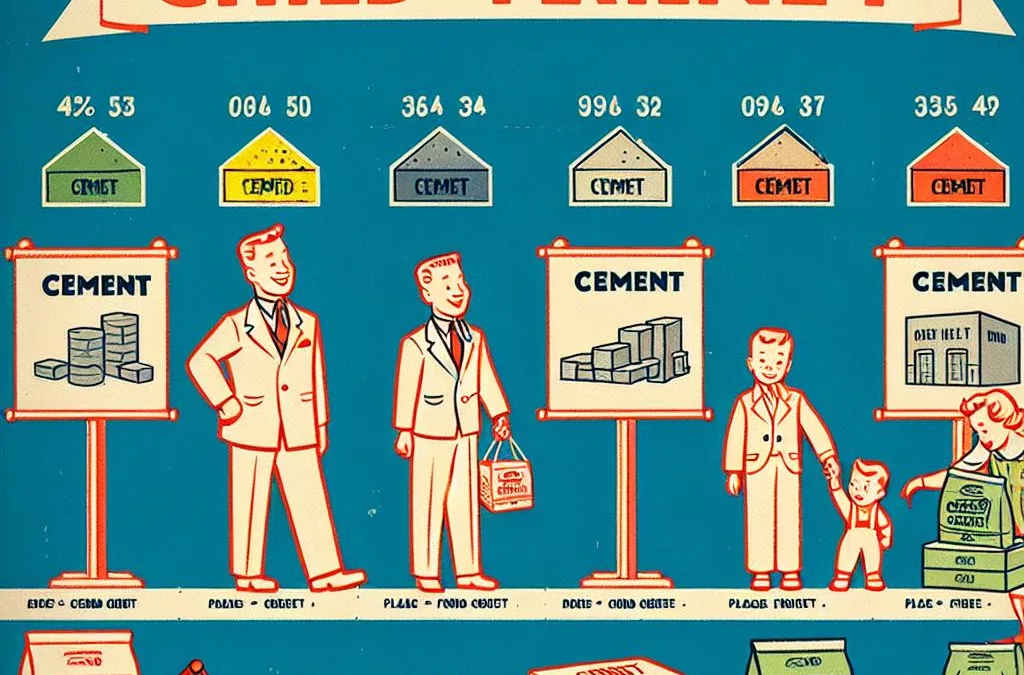Comparing Cement Grades: Which is Best for Your Project?
When embarking on a construction project, selecting the right cement grade is a critical decision that can influence the durability, safety, and longevity of the structure. Understanding the nuances between various cement types can pave the way for building a robust and stable project. This blog digs deep into the different grades of cement, assisting you in choosing the ideal one for your needs.
Part 1: Introduction and Overview
What are Cement Grades?
Cement grades are defined by their compressive strength, which is typically measured in megapascals (MPa) or pounds per square inch (PSI). Various grades such as 43, 53, C10, and C15 are available, each catering to distinct construction needs.
Importance of Choosing the Right Cement Grade
The strength and durability required for different projects mean that not all cement grades are suitable for every construction. High-strength grades are crucial for demanding projects like skyscrapers and bridges, while lower grades may suffice for less challenging endeavors.
Part 2: Standard Concrete Grades
Standard-Strength Concrete Grades
Standard-strength concrete grades such as C10, C15, C20, and C25 are essential for various applications:
- C10: Ideal for pathways and non-structural work.
- C15: Suitable for pavement kerbs and floor blinding.
- C20: Commonly used for domestic floors and garage foundations.
- C25: A multi-purpose mix suited for various foundations.
High-Strength Concrete Grades
For more demanding applications, higher-strength grades such as C30, C35, and C40 are employed:
- C30: Used in pavement construction and light exterior applications.
- C35: Essential for external structural walls and structural piling.
- C40: Applied in commercial construction sites and robust foundations.
Part 3: Choosing the Right Cement Grade
Factors to Consider
When selecting a cement grade, consider the project’s load-bearing capacity, environmental conditions, and specific requirements to ensure optimal performance and durability.
Advantages and Disadvantages of Different Cement Grades
An in-depth comparison between 43 and 53 grade cement reveals differences in compressive strength, fineness, and their suitability for industrial versus commercial applications.
Real-World Examples
Case studies of high-rise buildings, bridges, and industrial structures illustrate the selection process of appropriate cement grades for diverse construction needs.
Part 4: Additional Considerations
Environmental Factors and Durability
Environmental factors like weather resistance and chemical corrosion can significantly affect cement durability, underscoring the importance of selecting a grade that withstands these elements effectively.
Cost Considerations
While initial costs vary among cement grades, it’s essential to weigh these against long-term savings and benefits, ensuring the most cost-effective choice.
Conclusion
The right cement grade can transform a construction project, ensuring stability and longevity. By understanding the nuances among cement grades, you can make informed decisions that elevate the quality and durability of your work.
External Links for Further Reading:

